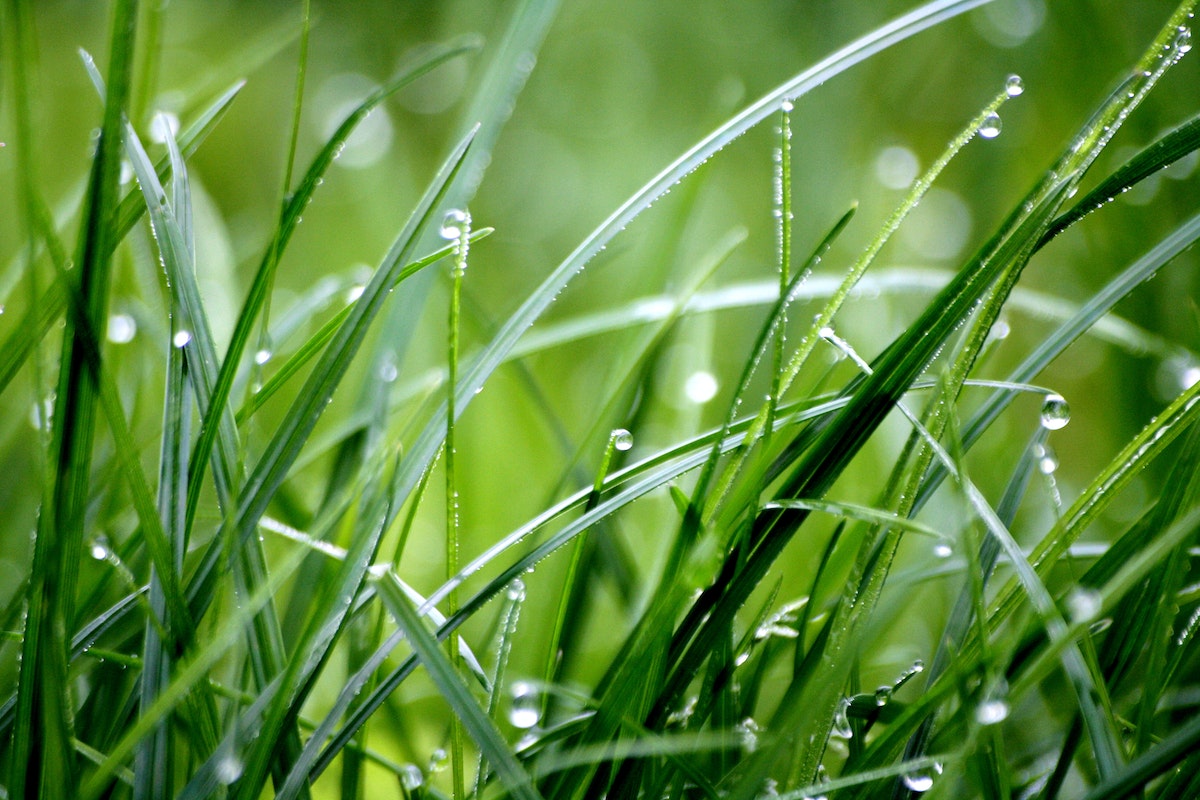- Effective lawn care involves soil preparation, fertilization, proper watering, and pest control for a vibrant landscape.
- Soil testing and adding organic matter help create a fertile foundation for plant growth.
- Professional garden maintenance services can provide specialized care, optimizing mowing, fertilization, and watering techniques.
- Regular pest control is vital to protect lawns, and a healthy landscape can better resist pests and potentially require fewer treatments.
Having a beautiful and healthy lawn is something every homeowner and real estate flipper desires. Curb appeal is of utmost importance when it comes to property value and creating a warm and inviting atmosphere for family and friends. All this starts with effective lawn care and maintenance. However, nurturing a lawn requires more than just watering and mowing. It takes a dedicated approach that involves soil preparation, fertilization, proper watering techniques, pest control, and a lot more. In this blog post, we will explore expert lawn care advice to help you create a healthy and vibrant landscape that will last for years to come.
Soil Testing and Preparation:
Soil is the foundation of any healthy landscape and one of the most overlooked aspects of lawn care. Not all soil is created equally, and different plants have different soil requirements and pH levels. Here are some things you can do to prep yours:
Conducting a Soil Test:
A soil test is the cornerstone of effective lawn care and maintenance. It helps identify the nutrient content, composition, and other characteristics, such as the acidity or pH level of the soil. This valuable information can help you understand existing soil conditions and allow you to make informed decisions regarding the type of fertilization required or if soil amendments are needed for optimal plant growth.
Adding Organic Matter:
Adding organic matter to your soil is an effective way of improving soil fertility and structure. Organic matter, including compost, manure, or peat moss, can enhance the soil’s water-retention capabilities, assist in nutrient supply, and promote beneficial microbial activity in the ground. This practice can lead to healthier root development and, ultimately, more vibrant and resilient plants.
Identifying the Grass Type:
When nurturing a healthy landscape, it’s crucial to consider the type of grass you’re working with. Different grass types have varying needs in terms of sunlight, watering, and fertilization. Knowing the specific needs of your grass type will allow you to provide targeted care, yielding a lush and vibrant lawn.

Hire Professionals:
Although DIY lawn care is a great way to save money, enlisting the help of professionals can be an efficient and cost-effective approach. There are efficient garden maintenance services experienced in providing specialized treatments for grass and soil. Here are just some things they can help you with:
Proper Mowing Techniques:
Mowing is a crucial aspect of lawn care and maintenance, and it’s something that needs to be done right. Cut your grass according to its species and growing conditions. Mowing too low can damage the roots and invite pests and weeds. Aim to mow your lawn regularly to the recommended height (usually around 3 inches), leaving enough grass length to shade the soil and retain moisture.
Fertilization:
Fertilizing your lawn ensures essential nutrients are available to your grass. It’s important to choose the right fertilizer for your property and the time of year. A general rule of thumb is to fertilize your lawn twice a year, once in the spring and once in the fall. Use a slow-release nitrogen fertilizer and avoid overusing chemical fertilizers. They can burn your grass and harm your soil.
Watering:
Proper watering techniques can make a massive difference in the health and vibrancy of your lawn. It’s essential to water your lawn deeply and infrequently, ensuring your soil is moist down to at least 6 inches. Aim to water early in the morning or late in the evening when temperatures are more relaxed and evaporation is limited. Use a sprinkler or hose with low water pressure to prevent runoff, and avoid watering your lawn during rainy weather.

Pest Control:
Pests can ruin even the healthiest of lawns, which is why regular pest control is necessary. Monitor your property for pests and insects like armyworms, grubs, and fleas.
They can cause extensive damage to your grass in a short time, so act fast and use natural pest control methods like nematodes, diatomaceous earth, and insecticidal soaps. In extreme cases, you might need to use chemical pesticides but be sure not to overuse them.
If possible, there are natural alternatives that are just as efficient. A healthy and vibrant landscape will be more resilient to attacks from pests and may require fewer treatments overall.
Nurturing a healthy and vibrant landscape is an involved process that requires diligence, knowledge, and a lot of patience. Understanding the needs of your lawn, from the type of soil and grass to the proper watering and fertilizing techniques, is an essential first step. Enlisting the help of professional services can make the journey easier and lend their expertise to your cause. Remember, your lawn is a living, breathing entity, and just like any living thing, it requires care and attention to thrive. With these expert tips on lawn care and maintenance, you are well on your way to creating the landscape you’ve always envisioned.


